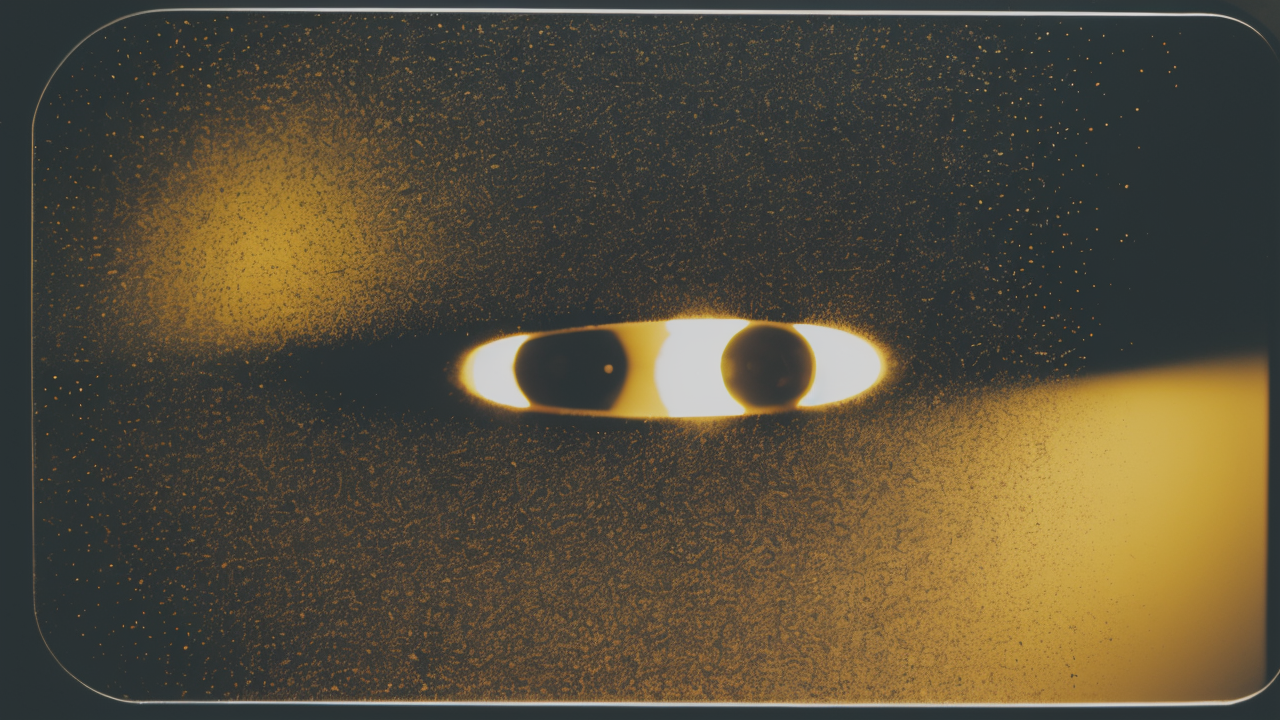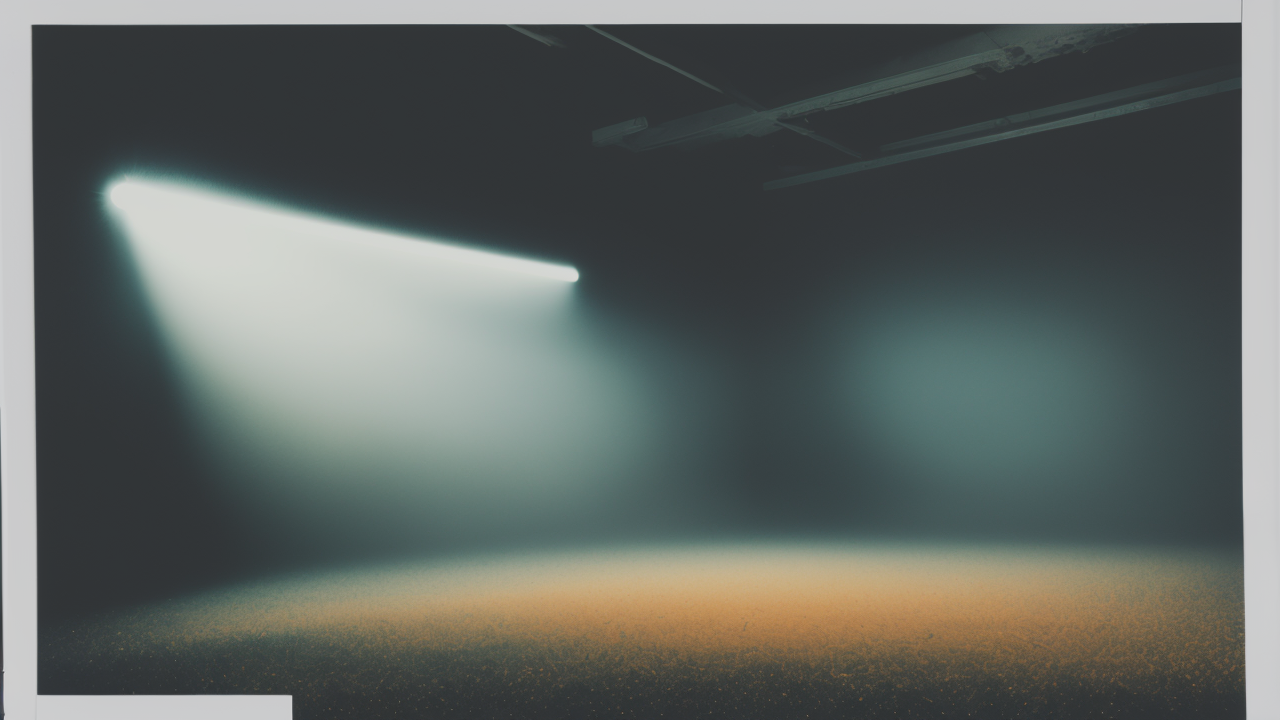
The Art of Plaster: Advanced Techniques for Texture and Dimension in Sculptures
Understanding Pop Art: A Primer for the Aesthetically Curious
The Historical Roots of Pop Art in the United States
Pop Art emerged in the 1950s as a reaction to Abstract Expressionism. It drew inspiration from popular culture and mass media. Artists like Andy Warhol and Roy Lichtenstein led this movement. They used bold colors and simple shapes in their work. Pop Art reflected the growing consumer culture of post-war America. It challenged traditional art forms by using everyday objects as subjects. The movement gained popularity in the 1960s and became a global phenomenon. Pop Art's influence can still be seen in contemporary art and design today. It changed how we view art and blurred the lines between high and low culture.

Key Characteristics of Pop Art
Pop Art is known for its vibrant colors and bold, simple designs. It often features everyday objects or celebrities as subjects. Common themes include consumerism, mass production, and popular culture. Pop artists use techniques like screen printing and collage in their work. They often employ flat, cartoon-like imagery with thick outlines. Repetition is another key feature, as seen in Warhol's Campbell's Soup Cans. Pop Art aims to blur the line between 'high' and 'low' art forms. It embraces commercial techniques and challenges traditional artistic values. The style is often ironic or humorous, commenting on society and culture.
Pop Art Icons and Their Influence on Modern Art
Andy Warhol is perhaps the most famous Pop artist. His silk-screen prints of Marilyn Monroe are iconic. Roy Lichtenstein's comic book-inspired works are equally recognizable. Claes Oldenburg's giant sculptures of everyday objects pushed boundaries. These artists continue to influence modern art and design. Their work inspires contemporary artists to experiment with color and form. Pop Art's legacy can be seen in street art, graphic design, and advertising. It has shaped our visual culture and how we perceive art. Many modern artists incorporate Pop Art elements in their work. The movement's impact on color theory and composition remains significant today.
The Intersection of Color Theory and Pop Art: An Exploration
The Role of Color Psychology in Pop Art
Color psychology plays a crucial role in Pop Art. Artists use bold, vibrant hues to evoke emotions and grab attention. Red often signifies energy or passion, while blue can convey calmness. Yellow is associated with happiness and optimism in many cultures. Pop artists strategically use these color associations in their work. They create visual impact and communicate messages through color choices. Contrasting colors are often used to create tension or excitement. The psychological effects of color help Pop Art connect with viewers on an emotional level. Understanding color psychology can enhance the impact of Pop Art-inspired canvas creations.

Color Trends in Contemporary Pop Art Canvas Creations
Contemporary Pop Art canvases often feature neon colors and bold contrasts. Pastels combined with bright hues are also popular in modern works. Many artists experiment with metallic or iridescent paints for added visual interest. Digital art techniques allow for even more vibrant and diverse color palettes. Some artists use color blocking to create striking compositions on canvas. Others explore gradients or color fades for a more nuanced approach to Pop Art. Monochromatic schemes with pops of contrasting colors are trendy in current works. These modern color trends build on Pop Art's legacy while pushing boundaries. They reflect current design aesthetics and technological advancements in art materials.
Case Studies: Successful Canvas Art Pieces Incorporating Pop Aesthetics
One successful Pop Art-inspired canvas is "Neon Dreams" by artist Sarah Bloom. It features bold neon colors against a black background for high contrast. The piece uses iconic pop culture symbols reimagined in a contemporary style. Another example is "Digital Nostalgia" by Mark Chen. This canvas combines pixelated imagery with smooth color gradients. It references both classic Pop Art and modern digital culture in its design. "Consumerist Kaleidoscope" by Lisa Wong uses repeated product logos in a vibrant collage. These works demonstrate how Pop Art techniques can be adapted for modern audiences. They show the enduring appeal of bold colors and cultural commentary in art.
Harnessing Pop Art Techniques for Your Canvas Art Venture
Tips for Choosing the Right Colors and Imagery
When creating Pop Art-inspired canvas art, start with a bold color palette. Choose colors that contrast well and create visual impact on the canvas. Consider using primary colors as a base for your artwork. Add neon or pastel accents for a modern twist on classic Pop Art styles. For imagery, look to popular culture, everyday objects, or iconic symbols. Simplify complex images into basic shapes and solid colors on your canvas. Use thick, black outlines to define your subjects and create a graphic look. Don't be afraid to exaggerate or distort proportions for dramatic effect. Experiment with repetition or grid layouts in your composition. Remember, Pop Art often has a sense of humor or irony in its approach.

Integrating Digital Tools into Your Canvas Art Workflow
Digital tools can enhance your Pop Art canvas creation process. Use graphic design software to plan your composition before painting. Experiment with color schemes digitally before committing to paint on canvas. Photo editing tools can help simplify images for Pop Art style artwork. Vector graphics programs are useful for creating clean, bold shapes. Consider using digital projectors to transfer designs onto your canvas. 3D modeling software can help visualize sculptural Pop Art pieces. Digital color wheels and palette generators aid in color selection. Online resources offer inspiration and tutorials for Pop Art techniques. Embrace technology to streamline your workflow and explore new possibilities.
Marketing Strategies for Canvas Artwork Inspired by Pop Art
To market your Pop Art-inspired canvas work, leverage social media platforms. Instagram and Pinterest are great for showcasing visual art to potential buyers. Create eye-catching posts that highlight your bold colors and designs. Use relevant hashtags to increase visibility of your canvas art online. Collaborate with influencers or local businesses for exposure to new audiences. Consider creating limited edition prints or merchandise featuring your designs. Participate in art fairs or pop-up galleries to reach art collectors. Develop a strong brand identity that reflects your unique Pop Art style. Share the stories behind your pieces to connect with potential buyers. Offer customization options to appeal to a wider market of art enthusiasts.


